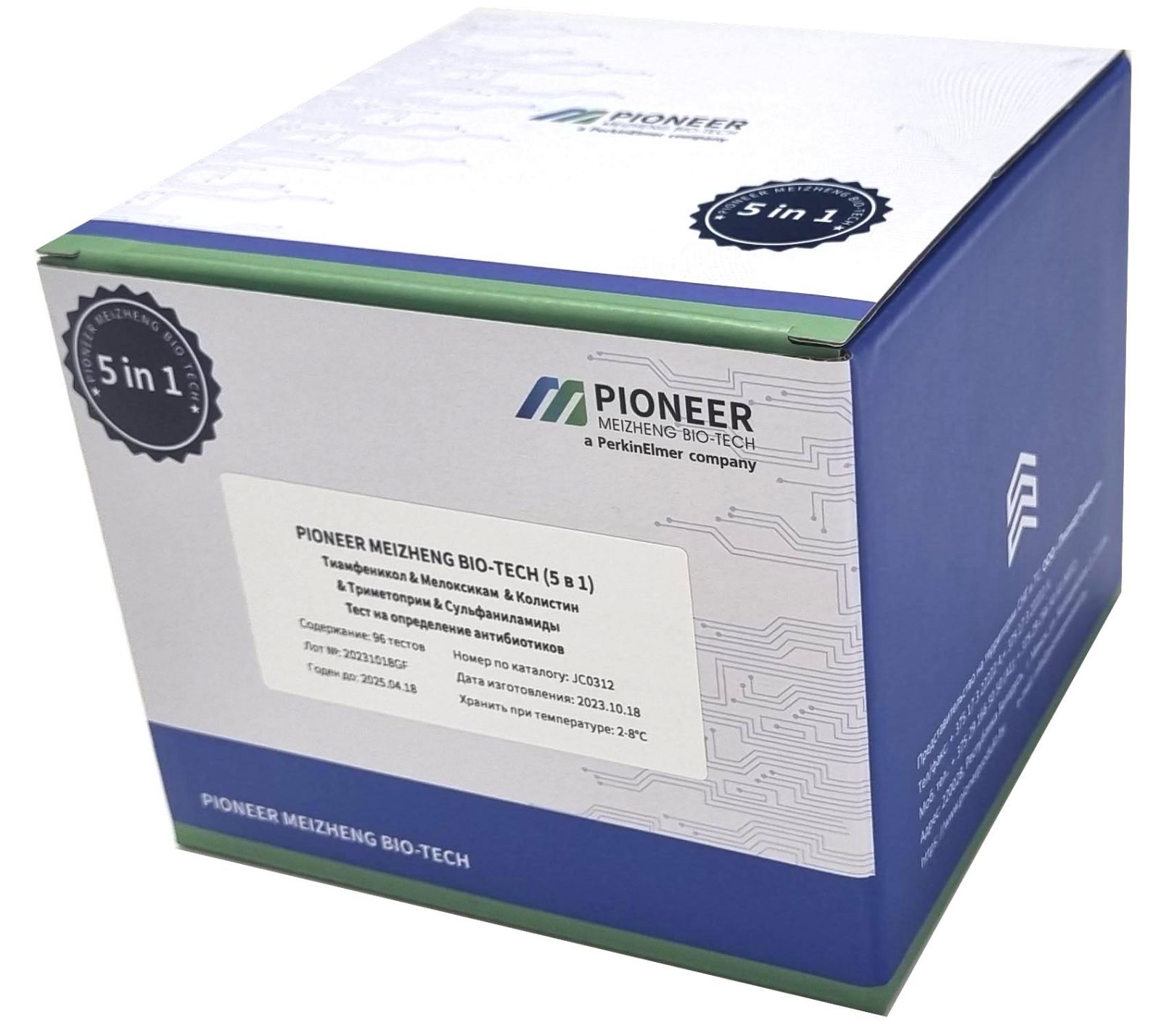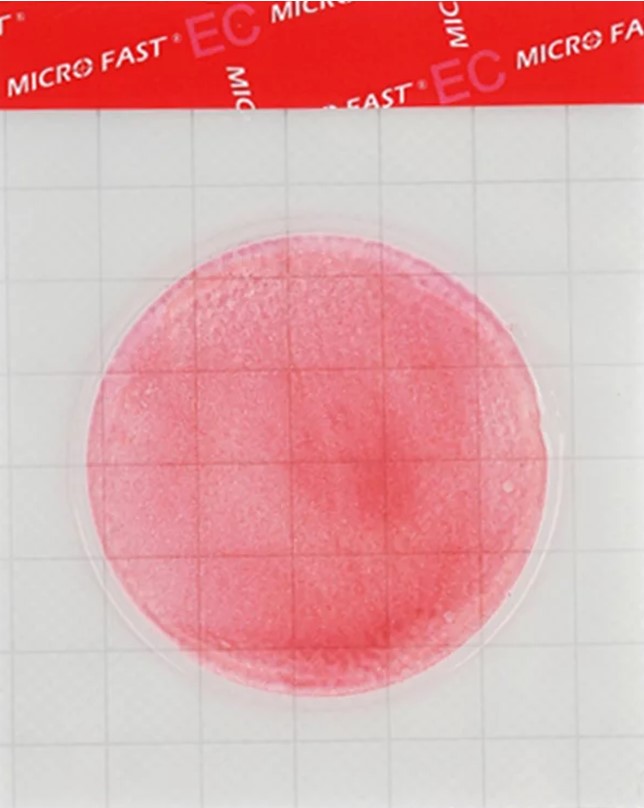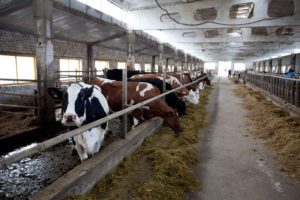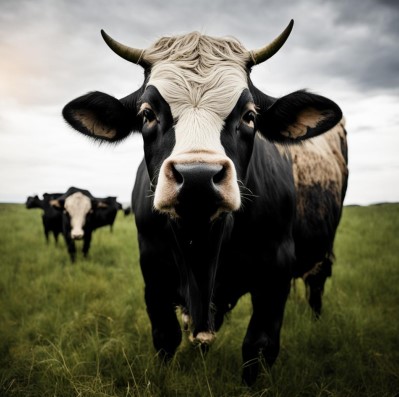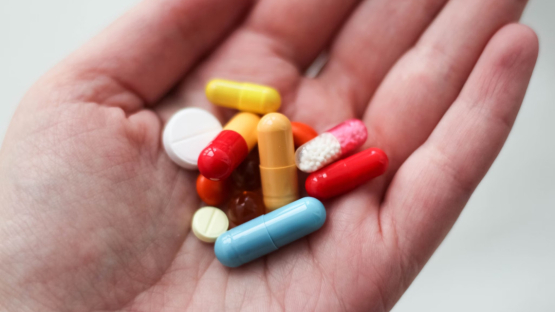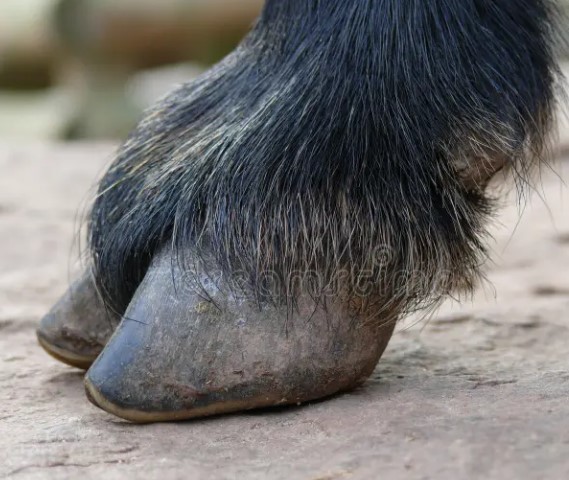Antibiotics in Pork: Balance Between Health Concerns and Consumer Safety
Antibiotics in Pork: Balance Between HEALTH Concerns and Consumer Safety
The issue of antibiotic use in pork production has become increasingly important, sparking discussions around animal health concerns , product safety levels and public health impacts. Let's look at the key aspects of this issue, as well as the steps the industry is taking to ensure quality and safe pork in the market.
1. Prophylactic Use of Antibiotics
Antibiotics are often used prophylactically in swine production to prevent the spread of infections and maintain herd health. This may be especially true in large pig farms.
2. Regulation and Standards
Various countries have strict regulations and rules governing the use of antibiotics in pig production. Product quality control and antibiotic residue levels are emphasized by regulations to ensure safety.
3. Residues of Antibiotics in MEAT
Antibiotic residues in pork must meet established standards. Regular testing and monitoring helps monitor residue levels and ensure they meet standards.
4. Antibiotic resistance
Antibiotic resistance poses a serious threat to public health. Long-term and inappropriate use of antibiotics may contribute to the development of antibiotic-resistant strains of bacteria, affecting the effectiveness of treatment in humans.
5. Transparency in Production
Many pork producers are seeking transparency regarding production methods and antibiotic use. This includes providing information on how antibiotics are used and controlled in production chains.
6. Pig Health and Production Efficiency
Pig health is an integral part of efficient pork production. Antibiotics can be used to treat diseases, which is important to ensure quality products.
7. Alternative Methods
Agricultural research is actively seeking alternative treatments for pigs without the use of antibiotics. The use of probiotics, vaccines, antiviral drugs and other innovations are becoming important aspects of the industry's development.
8. Responsible Manufacturing
Responsible pork production practices include a balanced approach to the use of antibiotics, taking into account the impact on society and the health of consumers.
9. Farmer Training
Educating farmers on proper use of antibiotics, compliance with regulations, and adoption of alternative practices is key to managing risk and ensuring pork safety.
10. Conscious Consumption
Consumers play an important role in shaping the pork market. A preference for consciously produced products and traceability may be an incentive for manufacturers to change their production methods.
In conclusion, the use of antibiotics in pork requires careful consideration, a balanced approach and compliance with regulations to ensure product safety and consumer health. Responsible production, transparency and education play an important role in creating a sustainable and caring pork production system.
Read together with it:
- World Meat Prices: Trends and Changes in Week 52Globally, average prices for live pigs and pork halves fell by 2% and 0.5%, respectively. Beef prices increased, but the rate of growth slowed to 0.2%. The situation is different in Russia: pork and chicken prices also increased, by 4.8% and 0.7%, respectively. Russian pork exports reached a record high, increasing by 26% compared to the previous year, making the country one of the largest supplie...
- In memory of Leonid Andrianovich Kotov, an outstanding Ural breederLeonid Andrianovich Kotov, a prominent Ural scientist and plant breeder, has passed away at the age of 96. His name is forever associated with the development of horticulture in the harsh conditions of the Middle Urals and his work created gardens that have become a part of the lives of thousands of Ural families. The staff of the Ural Federal Agrarian Research Center of the Ural Branch of the Rus...
- Рост интереса к биржевой торговле агропродукцией в РоссииНа данный момент по биржевым торгам прошло 4,4 миллиона тонн зерновых культур, включая пшеницу, кукурузу и ячмень. Также отмечены активные продажи масличных культур, таких как соя и подсолнечник, с объемом около 1,3 миллиона тонн, и 1,2 миллиона тонн сахара. С начала 2025 года успешно проводятся операции с мясной продукцией (куриное мясо, свинина и индейка), реализовано 18,8 тысяч тонн мяса. В нас...
- Мексика начинает расследование в отношении импорта американской свининыМинистерство экономики Мексики начало антидемпинговое и субсидиарное расследование в отношении импорта американской свиной ноги и лопатки, что в конечном итоге может привести к введению новых пошлин на эти продукты, согласно правительственному документу, опубликованному в понедельник. Расследование будет изучать, нанес ли экспорт американской свинины ущерб мексиканской свиноводческой отрасли в пер...
- Global meat trade in 2026: Beef and pork trade stagnates, while chicken trade continues to growPork After rising in 2025, sales of beef and pork from major exporting countries are projected to decline in 2026. At the same time, supplies are expected toChicken MEAT trade will continue to grow, reaching record levels. Global meat trade has seen several notable changes since 2019. While growth rates in 2......
- Чили приветствует расширение Соединенными Штатами списка разрешенных сырых продуктов из говядиныВ настоящее время Чили экспортирует говяжьи отрубы в Соединенные Штаты, и теперь разрешение распространяется и на обрезки мяса, которые используются в основном в переработанных продуктах, таких как гамбургеры. Решение Министерства сельского хозяйства США включает эти новые отрубы, расширяя предложение как для потребителей, так и для пищевой промышленности США. Это обновление отражает уверенность М...
- Rostov Oblast exported over 115 tons of poultry meat to the CIS countries.Laboratory tests conducted by the Don branch of the Center for Quality Assessment of Agro-Industrial Products confirmed that the products met all required standards. Of the total volume, 37.9 tons were shipped to Tajikistan, and 77.7 tons to Uzbekistan .
- Uruguayans consume 100 kilograms of meat per person per year.Per capita MEAT consumption in Uruguay has reached 100 kilograms per year, breaking the 2024 record of 98,800 kilograms. Data from the National Meat Institute (INAC) report indicates a significant increase in meat consumption in the country: while last year's figure reached 98,800 kilograms per person (across all types of meat), it will reach 1......
- Cashmere and Belarusian know-how. Mongolian Ambassador on a landmark agreement for cooperation with BelarusBatsukh Bayarsaikhan, Ambassador Extraordinary and Plenipotentiary of Mongolia to the Republic of Belarus , expressed his opinion in an interview with BELTA. He noted the intensified interaction between the two countries in politics, economics, science, education, and archaeology. The diplomat detailed important events and exchanges of visits held this year and shared plans for 2......
- A woman was hit by a train in Gomel.December 23, Gomel. A Gomel resident was hit by a freight train, Vladimir Tokarevsky, Deputy Gomel Transport Prosecutor, told BelTA. The tragic incident occurred on December 22 at approximately 6:20 p.m. A 1984-born Gomel resident was injured on a Gomel-Kalinkovichi freight train at the 3rd kilometer of the Gomel-Nechetny - Gomel-Severny section. "It is known that the victim worked at a company in...




